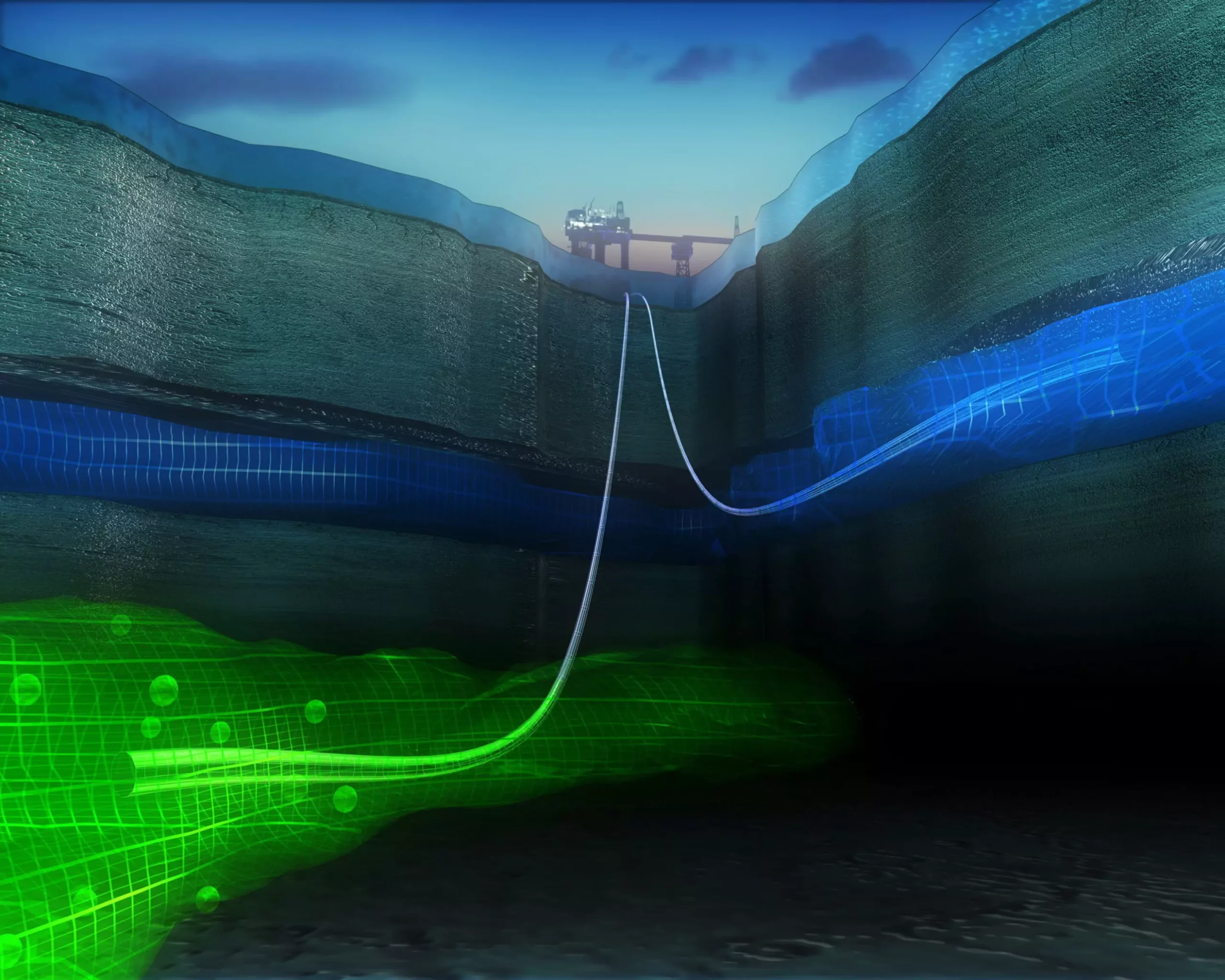As the world grapples with the dire consequences of climate change, the Paris Climate Agreement serves as a cornerstone for global climate policy, setting ambitious temperature targets of limiting warming to well below 2°C, ideally 1.5°C. Yet, achieving these goals necessitates an aggressive expansion of carbon capture and storage (CCS) technologies. Recent research led by academic institutions in Sweden and Norway raises significant concerns about the timeline and scale required to effectively implement CCS at a capacity that would contribute meaningfully to these targets.
Carbon capture and storage revolves around capturing carbon dioxide from sources of emission and securely storing it in deep geological formations. Some variations, such as bioenergy with carbon capture and storage (BECCS) and direct air capture and storage (DACCS), offer the potential of negative emissions, which could play a pivotal role in reversing carbon outputs from fossil fuel consumption. Despite promising capabilities, the current implementation of CCS remains profoundly limited, with an alarming reliance on outdated frameworks and inefficient operational practices.
According to the study conducted by Chalmers University of Technology and the University of Bergen, the potential for CCS technology appears constrained. The research suggests that over the course of this century, CCS may be capable of sequestering a maximum of 600 Gigatons (Gt) of CO2—far short of the 1,000 Gt needed according to various Intergovernmental Panel on Climate Change (IPCC) scenarios. This glaring disparity demonstrates a pressing need for amplified commitment and resources in CCS advancements.
One of the critical takeaways from the research hinges on the slow rate of development for CCS technology, particularly in light of aggressive climate timelines. The researchers emphasize that without insightful policy initiatives and infrastructure development, the ambitious plans for CCS may yield disappointing results. Their findings invite scrutiny of historical performance: many CCS projects initiated around fifteen years ago faced a staggering failure rate that hovered near 90%. Given this history, there is justified skepticism about whether current proposals will deliver adequate capacity in a timely manner.
The need for immediate, effective scaling becomes even more pronounced when considering the global carbon reduction requirements. Even if we achieve an “uptake” of CCS projects, the technology will need to scale at the pace of successful energy technologies like wind power and nuclear energy to meet the 2°C target effectively. The challenge lies not only in initiating CCS programs but also in ensuring their robustness, viability, and resilience over time.
The development of carbon capture technology is intricately linked to supportive policy measures. Initiatives like the EU Net-Zero Industry Act and the Inflation Reduction Act in the United States imply that there is a positive momentum for CCS, potentially expanding current capacities dramatically if all projects materialize as intended. However, the research implies that this confidence should be tempered with realism—successful execution remains contingent upon proactive, enforced policies that promote investment in CCS.
Moreover, the analysis underscores the need for CCS projects to achieve financial viability through strong support schemes. Without a sustainable business framework, CCS initiatives risk stagnation, particularly in the context of existing competition from rapidly advancing low-carbon technologies such as solar and wind energy.
The urgency of integrating CCS into a more comprehensive climate strategy cannot be understated. While CCS could contribute a maximum of 600 Gt of CO2 sequestration, an extensive array of other low-carbon technologies must simultaneously expand at an even faster rate. As highlighted by climate experts, this dual pathway—advancing CCS while amplifying renewable technologies like solar and wind—is essential for ensuring a viable future within the climate constraints set forth by international agreements.
While carbon capture and storage provides a glimmer of hope as a potential solution for carbon emissions, its current limitations and the challenges associated with rapid expansion make it an imperfect answer. As we move through the 21st century, the synergy between CCS and other green technologies, backed by unyielding policy support, will be crucial in shaping a sustainable climate future that honors our global commitments. The path is fraught with hurdles, yet it is one that must be navigated with urgency and resolve.


Leave a Reply